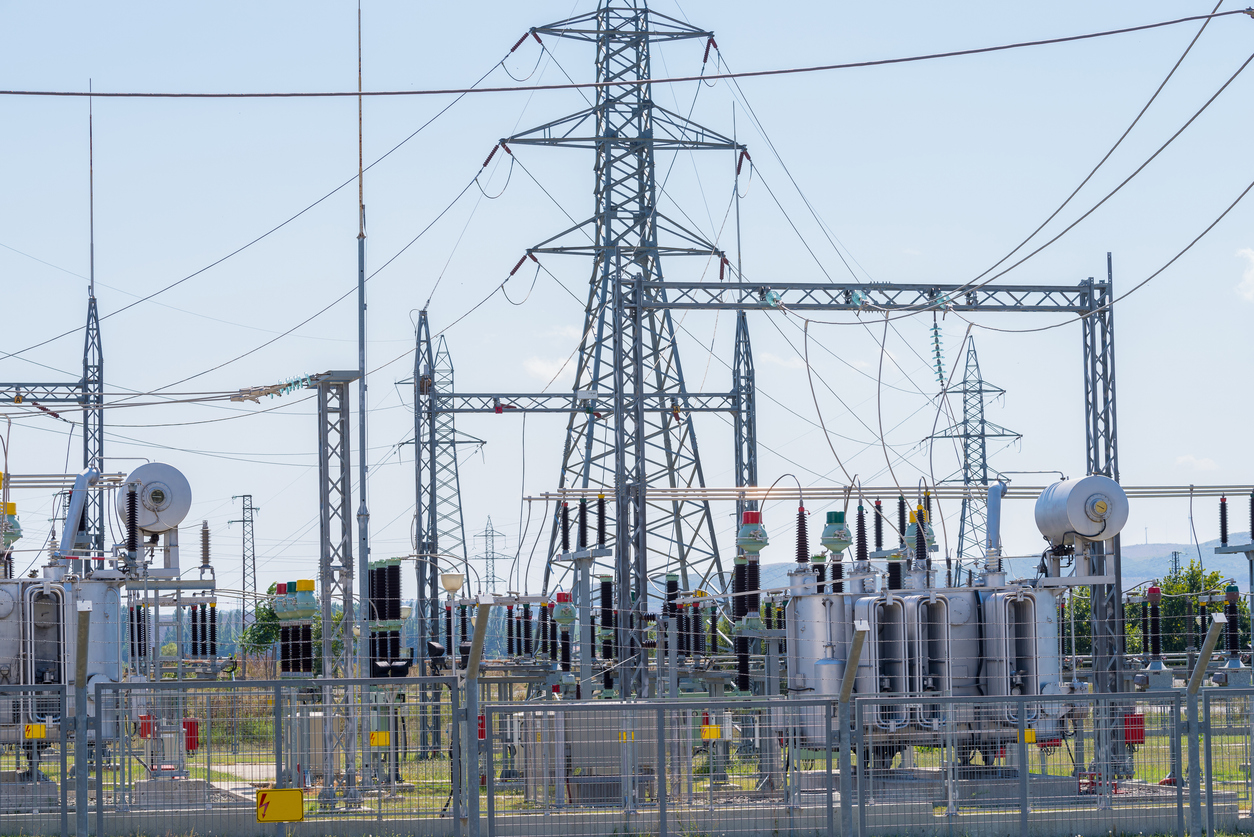
With the rise of electric vehicles, the safety of EV charging points is becoming even more important. Electrical safety is a critical concern in both residential and commercial settings, where faults in the system can lead to severe hazards, including electric shocks, fires, and equipment damage. PEN fault protection is a critical feature in EV chargers. PEN fault detection activates if it detects fluctuations in voltage above 253 V or below 207 V between live and neutral conductors lasting for over 5 seconds. The charger will then disconnect all connections from the vehicle, stopping the charging process. The charger will resume charging once normal voltage is identified for 30 seconds. A PEN fault can be hazardous; the disconnection can result in the loss of protective earth, leaving equipment and exposed metal parts without grounding, increasing the risk of electric shocks. Neutral voltage can become unstable, leading to abnormal voltages in the system, which can damage connected equipment or cause overheating.
How do PEN Detection Devices Work?
Pen Fault Detection Devices are designed to monitor the integrity of the PEN conductor within charge points and alert users to any faults that may arise.
These devices continuously monitor the voltage levels between earth and neutral conductors. Any difference from the expected values indicates a potential PEN fault. When a PEN fault is detected, the device immediately triggers an alarm or disconnects the power supply to prevent the fault from causing damage. Some devices are equipped with visual and audible indicators to alert the user of the fault. In more advanced systems, the PEN Fault Detection Device can automatically shut down the power supply to prevent any electrical hazards, ensuring the system remains safe until the fault is fixed.
Many modern Pen Fault Detection Devices have remote monitoring capabilities, allowing facility managers to receive real-time alerts on their smartphones or via a centralised monitoring system.
Benefits of Pen Fault Detection Devices

Investing in a Pen Fault Detection Device offers numerous advantages; the safety of your sites is paramount to all who use them.
Enhanced Safety: By detecting and responding to PEN faults in real-time, these devices significantly reduce the risk of electric shocks and other electrical hazards, protecting users and their property from damage.
Compliance with Regulations: In many regions, electrical regulations and standards require systems to have safeguards against PEN faults. Installing a PEN Fault Detection Device helps ensure compliance with these regulations, avoiding potential legal repercussions and costly fines.
Protection of Equipment: Abnormal voltages caused by PEN faults can damage sensitive electrical equipment. PEN Fault Detection Devices prevent such damage by disconnecting the power before equipment is exposed to unsafe conditions.
Peace of Mind: Facility managers’ knowing that the electrical system is continuously monitored for PEN faults provides peace of mind, reducing their worry about potential electrical hazards.
Applications of Pen Fault Detection Devices

Pen Fault Detection Devices are versatile and can be used in various settings. In commercial and industrial settings, where the electrical load is higher and the risk of faults is greater, these devices are crucial for sustaining safety and protecting equipment. Public buildings, such as schools and hospitals, can benefit from the protection provided by Pen Fault Detection Devices, which helps protect the public and ensure compliance with safety standards. In temporary power setups, such as construction sites or events, these devices can help prevent electrical accidents caused by faulty or damaged PEN conductors.
Contact Vital EV to see how you can invest in PEN Fault Detection Devices.









